when you want to use cloth diapers…but your partner doesn’t
When I tell people I use cloth diapers, one of the most common reactions I get (after “I could NEVER”) is “well, how did you convince your husband do to it?” And I’ll be honest, I don’t have a perfect answer that will convince a partner or other caregiver to magically get on board with using cloth.
This post includes a lot of strategies I used to convince my husband (and many family members who graciously watch my kiddos) to use cloth diapers.
Money Talks: if your partner is worried about the expenses of having a baby, cloth diapers are a great way to save money! The average cost of disposable diapers is around $3,000 per child, depending on the brand used and how quickly they potty train. The average cost of cloth diapers, depending on the brand and type used, can range from $300 to $800. When you take into consideration that cloth diapers work for multiple children and can also have a high resale value, the savings are massive.
Health Benefits: I’m sure you spent time researching VOC-free paint for your nursery or organic cotton for clothing or bedding, but did you think about the harmful chemicals in diapers, which touch your babies’ skin 24/7? Disposable diapers have dioxins (a carcinogen,) sodium polyacrylate (a cause of skin irritation, respiratory issues, and toxic shock syndrome,) TBT (a toxic pollutant that can be an endocrine disruptor,) and all kinds of fragrances, dyes, plastics, and petroleum (all things that are known to be harmful.)
Modern Cloth: your partner and/or family might only be thinking of traditional cloth diapers, but cloth diapers are becoming more mainstream and SO MUCH more convenient. I started off with prefolds, but this probably wasn’t the best strategy to show my husband that cloth diapers are convenient. To convince others, choose a simple option, like all-in-ones or even a diaper service.
The Environment: there are many conflicting studies about the benefits of disposable versus cloth diapers; the experts argue about raw materials, water use, and so on. Everyone can interpret these results differently, but, at the end of the day, the US alone throws away billions of disposable diapers every year; those diapers, which often end up clogging waterways, leach harmful chemicals and hazardous waste into our landfills. Using cloth diapers avoids that.
Make a Routine: if you’ve followed me for a while, you know I love a good system. Creating a routine is essential for cloth diapers! Write down how to prep a diaper for use, how to change diapers and check the fit, where to store them, and how to clean them. I use these to help guide my friends and family.
Walk the Walk: this is the hardest part, but is super effective. Tell your partner that you’ll take on most of the responsibility of cloth diapering. In the beginning, I did more diaper changes and washed them. I also told my husband and other caregivers to use disposable diapers if they wanted. Some did (and some still do.) But most people realized that cloth wasn’t as daunting as it seems.
Want to learn more about cloth diapers? Check out A Complete Guide to Cloth Diapering here.
Follow me on Instagram or Pinterest to learn more about cloth diapering!
Hi! I'm Gigi; I'm a postpartum doula, mother to three toddlers, including twins, and a wife to my high school sweetheart.
As a former teacher, I bring realistic, evidence-based, and actionable advice (and LOTS of handouts.) I help families get all the tools they need to prepare, so once baby arrives, they can focus on resting and bonding instead of researching or stressing. I’m here to streamline the newborn learning curve and help birth parents, partners, and other family members. There isn’t ONE way to have and raise a little human. I’m here to guide parents to find THEIR way so that they can thrive in the fourth trimester and beyond.
Ready to learn how to create an actionable postpartum plan?
Ready to get the support you need in the fourth trimester?
Then learn about my prenatal planning services here!



